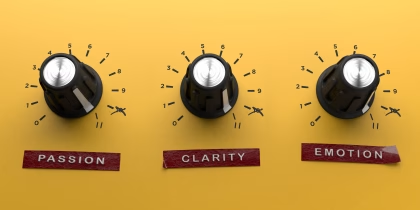Abstract: Facial expression was proven to show a person’s emotions, including 6 basic human emotions, namely happy, sad, surprise, disgusted, angry, and fear. Currently, the recognition of basic emotions is applied using the automatic facial expression analysis software. In fact, not all emotions are performed with the same expressions. This study aims to analyze whether the six basic human emotions can be recognized by software. Ten subjects were asked to spontaneously show the expressions of the six basic emotions sequentially. Subjects are not given instructions on how the standard expressions of each of the basic emotions are. The results show that only happy expressions can be consistently identified clearly by the software, while sad expressions are almost unrecognizable. On the other hand surprise expressions tend to be recognized as mixed emotions of surprise and happy. There are two emotions that are difficult to express by the subject, namely fear and anger. The subject interpretation of these two emotions varies widely and tends to be unrecognizable by software. The conclusion of this study is the way a person shows his emotions varies. Although there are some similarities in expression, it cannot be proven that all expressions of basic human emotions can be generalized.Further implication of this research needs further discussion.
Related Posts
-

Why Dial Testing Alone Isn’t Enough in Media Testing — How to Build on It for Better Results
Consumer Insights
-

The Power of Emotional Engagement: Entertainment Content Testing with Affectiva’s Facial Expression Analysis
Consumer Insights
-

Tracking Emotional Engagement in Audience Measurement is Critical for Industry Success
Consumer Insights
-

How Real-Time Audience Intelligence Is Revolutionizing Modern Advertising
Consumer Insights



